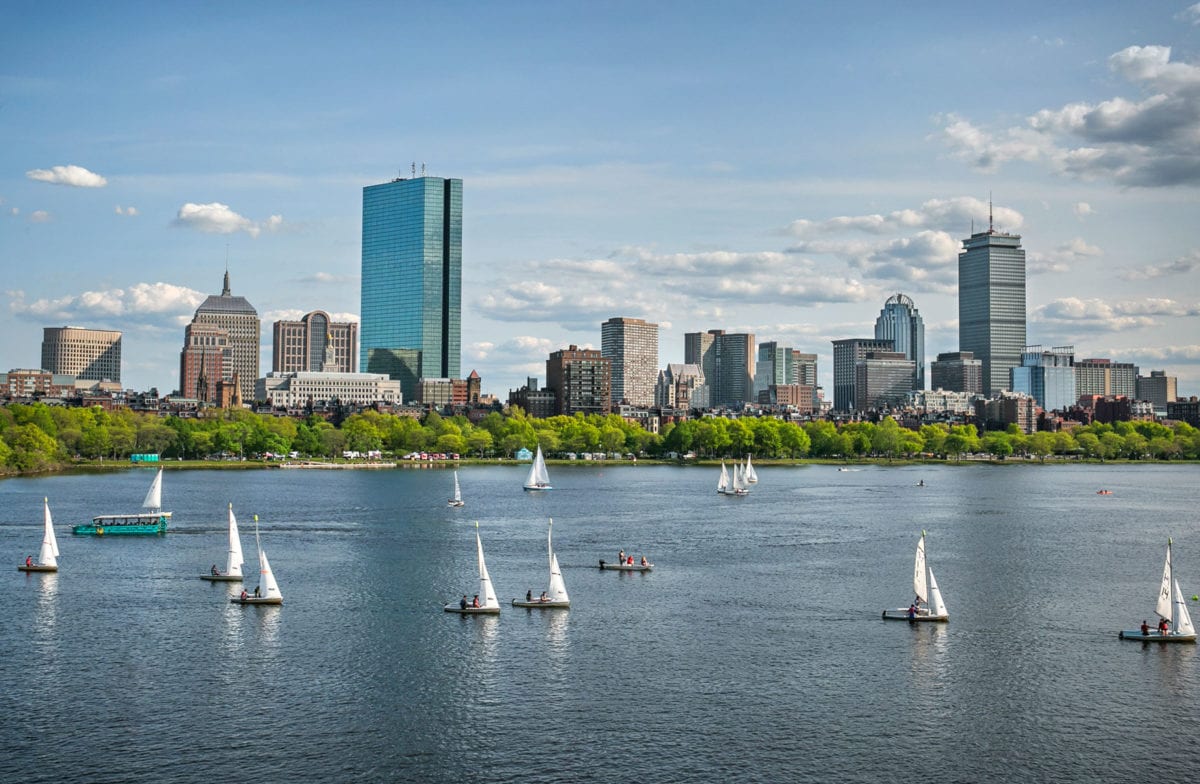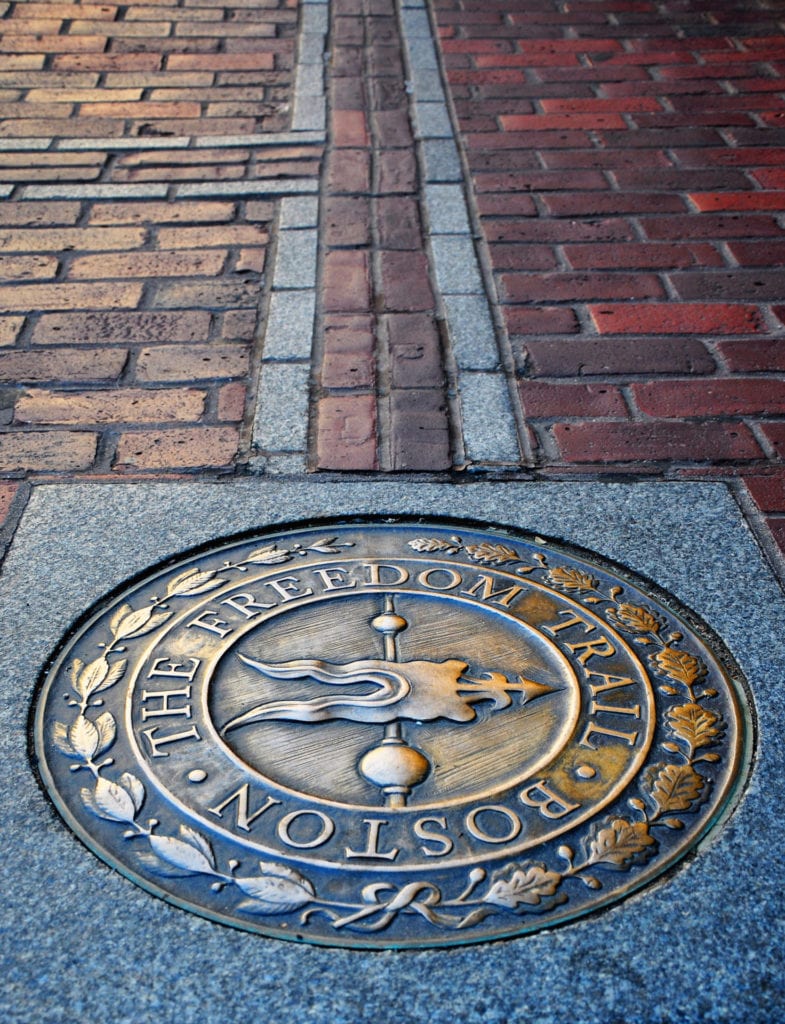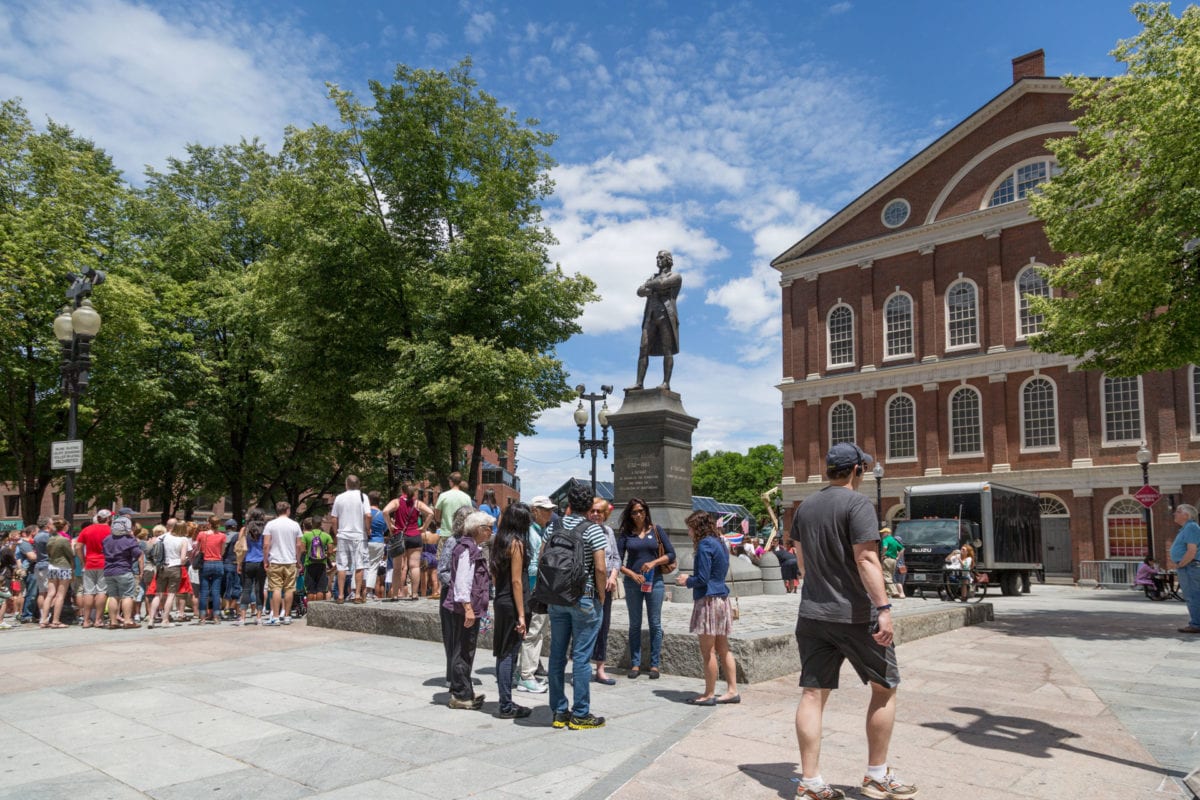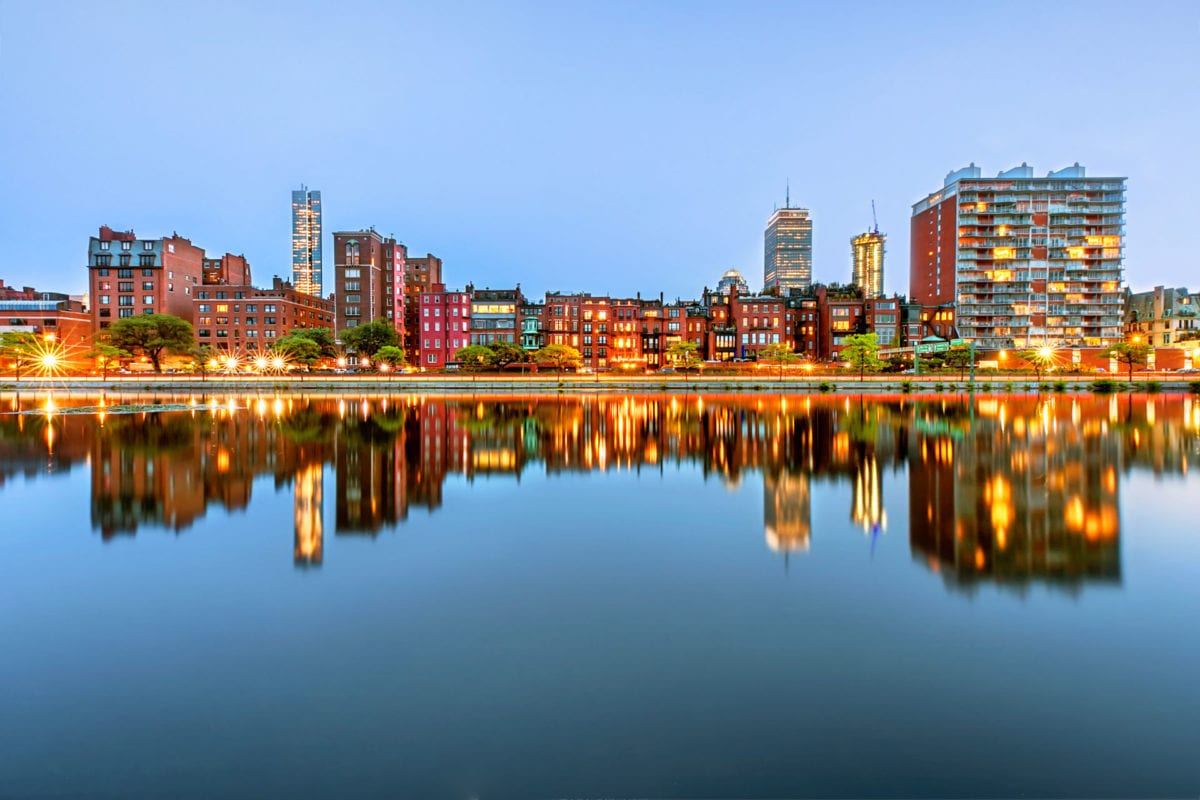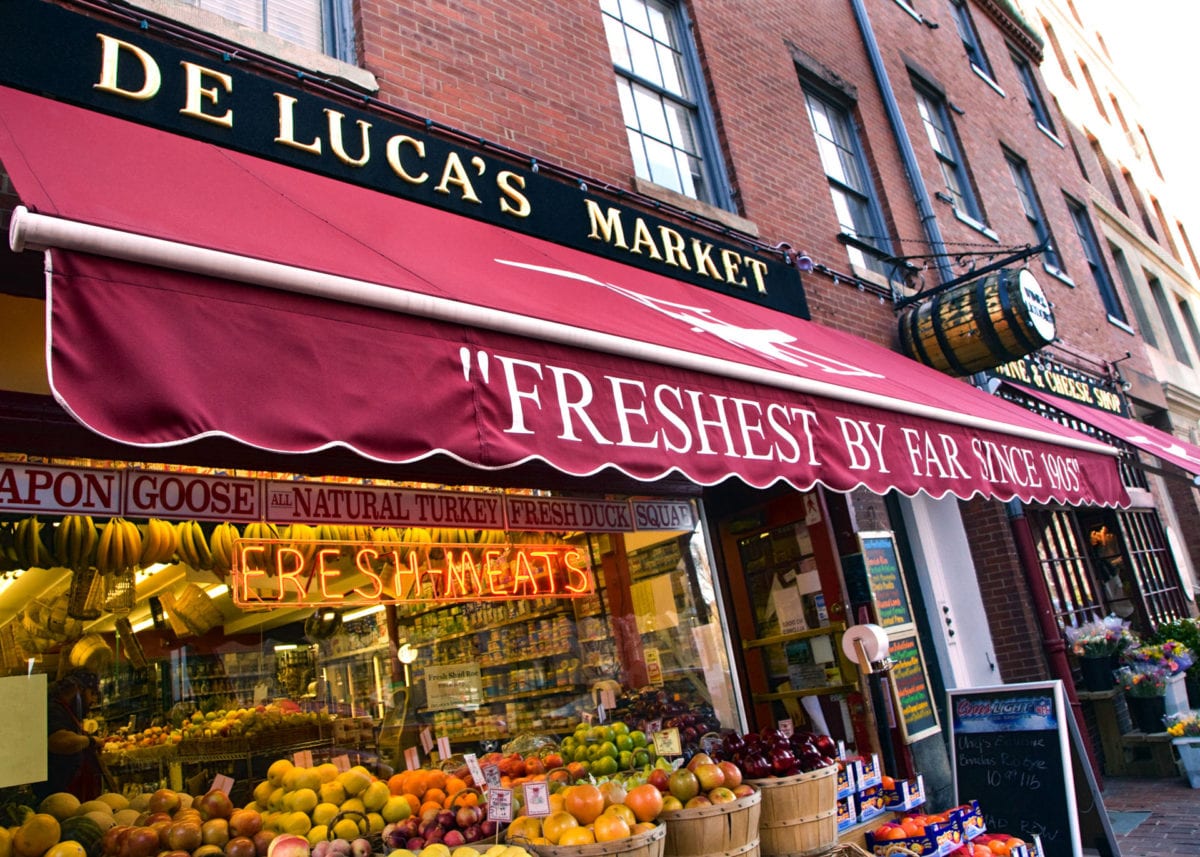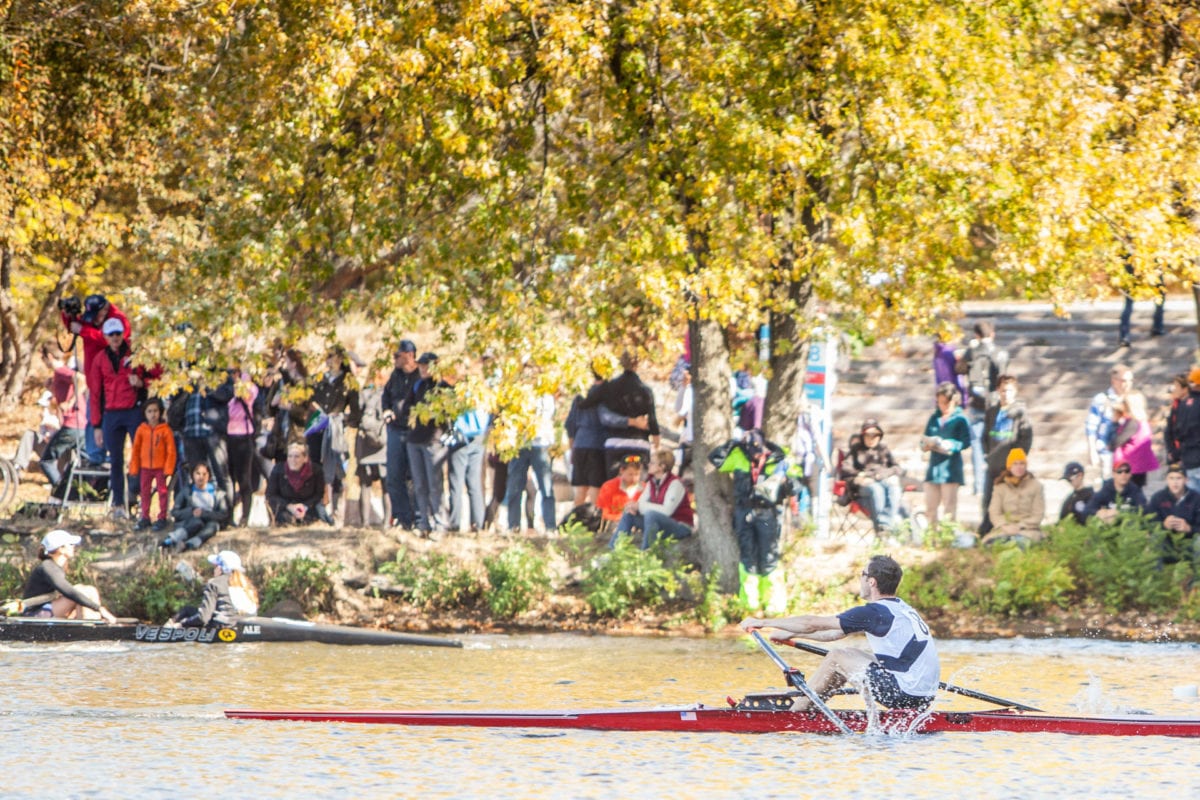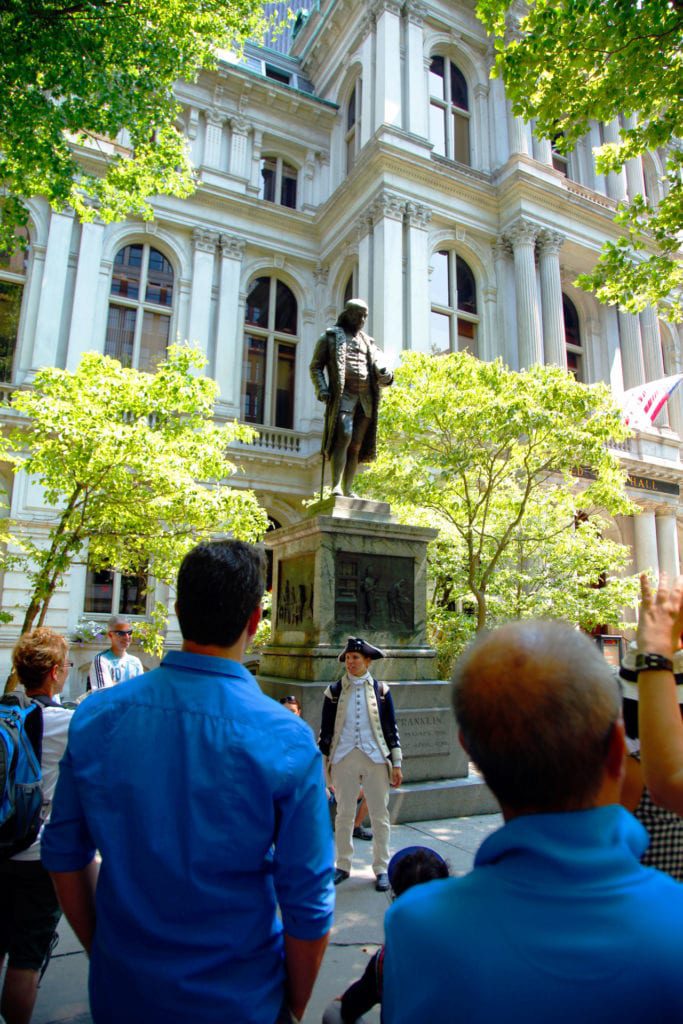If you really want to know about a place, talk to the locals. I was introduced to Boston by a hard-boiled shamus named Spenser through the novels of his creator, Robert B. Parker.
In Spenser’s Boston, it’s the wise-cracking private investigator who tells us: “Boston Garden. Singular, as is the Public Garden. Boston Common is also singular. Hayshakers from New York and Los Angeles are always looking ignorant by saying Boston Gardens and Boston Commons, and generally disgracing themselves in front of us Beantown sophisticates.”
Such is Boston. Cultures collide on every corner.
Highlights
Let’s start by walking the Freedom Trail, the best way to get to know Boston and experience its Revolutionary War landmarks: Faneuil Hall (the Cradle of Liberty) and Quincy Market (30 indoor/outdoor food merchants), the Old Corner Bookstore (constructed in 1718), the Old North Church (“One if by land, two if by sea”), the Paul Revere House and more.
The Freedom Trail starts downtown on Charles Street at Boston Common, the nation’s first city park (1634). Once used for communal cattle grazing, the 50-acre Common is the perfect place to stage our assault on the two-mile trail.
Across Charles Street from the Common is the country’s oldest botanical garden, Boston Public Garden. Now through Labor Day, the famous swan boats are once again plying the calm waters of the Public Garden lagoon. The fleet continues to be operated by the family of Robert Paget, the man who launched the first swan boat there 150 years ago.
Beer drinkers might be interested in knowing that south of downtown in the Jamaica Plain neighborhood is the venerable Sam Adams Brewery. They offer tours, tastings and a museum. Downtown, the brewers have kindly opened their taps in Faneuil Hall in the three-story Sam Adams Taproom located next to the celebrated statue of Samuel Adams.
One of the oldest and most charming neighborhoods is Back Bay, so named because it was quite literally a bay until the mid-19th century when Boston’s thriving manufacturing enterprises finally convinced the city fathers they needed more land for expansion. That land was created by bringing in earth and dumping it in the bay, truckload by truckload, over a span of 25 years. Now, Back Bay is the very heart and soul of culture and the arts in Boston.
Start your jaunt through Back Bay along the Charles River. Tree-lined lanes full of Victorian brownstones, high-end shopping at Copley Place, along Boylston and Newbury Streets, and down the totally uncommon Commonwealth Avenue. “Comm Ave.,” as it’s known, is modeled on the innovative Paris street designs of Georges-Eugene Haussmann with wide roadways, greenways and lots of parks and fountains.
Across downtown in the Seaport District, the striking Institute of Contemporary Art beckons with its massive glass cantilevered cap jutting out over Boston Harbor.
Food and Lodging
For a lot of us, Boston means food. Lobster rolls, New England clam chowder, cod, mussels and oysters. Ah, the oysters! Look for bargains during “oyster happy hours” at eateries and taverns.
My tour guide Spenser is a big fan of the Longfellow Bridge, which crosses the Charles River from near downtown Boston into Cambridge: “…built in an era when bridges were supposed to look good as well as span a space. This one was built of gray stone and punctuated with massive gray towers.” (Robert B. Parker; Spenser’s Boston.)
For accommodations, try the Eliot Hotel. Small private luxury suites in the heart of it all on Commonwealth Ave. in Back Bay, featuring the restaurant UNI, a lively izakaya featuring sashimi, nigiri and Singapore black pepper lobster with Thai chili.























